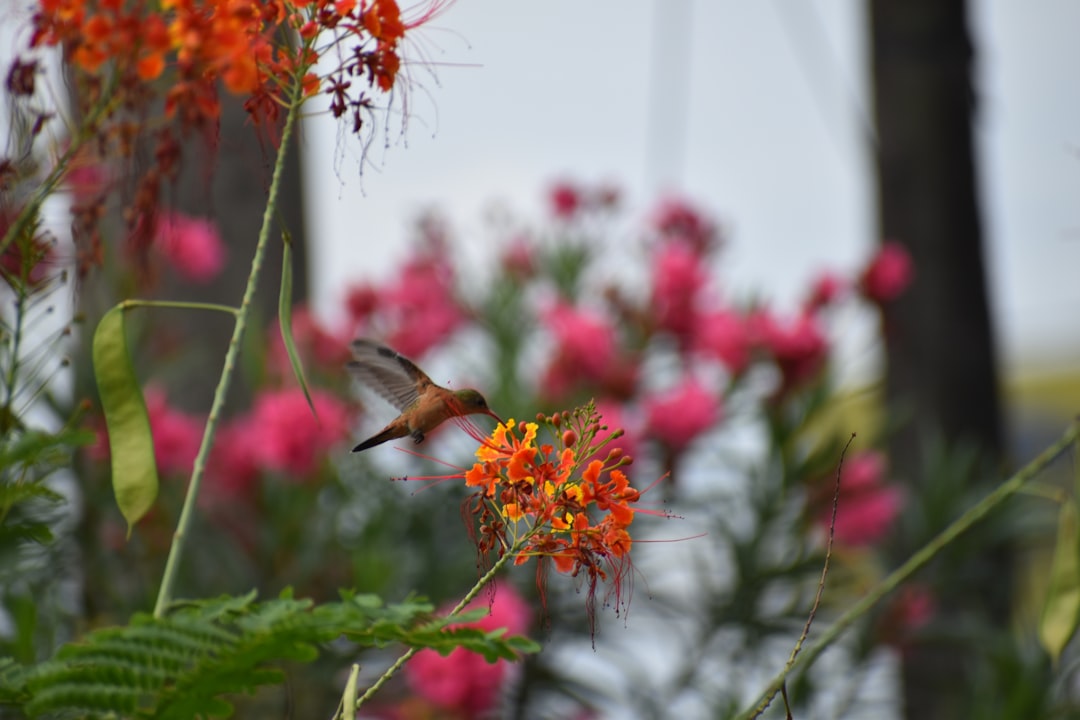In the world of landscaping, finding the perfect plant that combines beauty and practicality can be a challenging task. However, horsetail, a water - loving plant, emerges as a remarkable candidate. Despite its invasive nature, when managed properly, it can transform any landscape into a visually appealing haven.
Horsetail, also known as Equisetum, has a long and storied history. It dates back to prehistoric times, with fossil records indicating its existence millions of years ago. This ancient plant has a unique appearance that adds an element of prehistoric charm to modern landscapes. Its jointed, hollow stems and needle - like branches create a texture that is both delicate and striking.
One of the most significant advantages of horsetail is its adaptability to wet environments. It thrives in water gardens, along the edges of ponds, and in marshy areas. In a water garden setting, horsetail can be used to create a naturalistic look. Planted in groups, it mimics the look of a wild wetland, providing a habitat for small aquatic creatures such as frogs and dragonflies. The tall, upright stems of horsetail can also act as a vertical element in the landscape, adding height and dimension to the otherwise flat surface of a water garden.
When incorporated into a larger landscaping project, horsetail can be used to define boundaries. For example, it can be planted along walkways or at the edges of flower beds. Its distinctive appearance sets it apart from other plants, creating a clear demarcation between different areas of the garden. In addition, the green color of horsetail provides a refreshing contrast to the bright colors of flowering plants, enhancing the overall aesthetic of the landscape.
However, it is crucial to note that horsetail is an invasive plant. Its rhizomes can spread rapidly underground, taking over large areas of the garden if left unchecked. To control its growth, several measures can be taken. One effective method is to plant horsetail in containers. This restricts the spread of its rhizomes and allows you to place the plant exactly where you want it in the landscape. You can choose decorative containers that match the style of your garden, further enhancing its visual appeal.
Another way to manage horsetail is through regular pruning. By cutting back the stems regularly, you can prevent the plant from becoming too large and unruly. Pruning also encourages new growth, keeping the plant looking fresh and vibrant. Additionally, you can use barriers such as plastic or metal edging buried in the soil around the horsetail. This physical barrier prevents the rhizomes from spreading beyond the designated area.
In terms of maintenance, horsetail is relatively low - maintenance. It does not require frequent fertilization, as it can obtain nutrients from the surrounding soil and water. However, it does need a consistent supply of water, especially during dry periods. Watering the plant regularly will ensure its healthy growth and maintain its lush appearance.
When designing a landscape with horsetail, it is important to consider its height and spread. Different varieties of horsetail can vary in size, so choose the one that best suits your space. For smaller gardens, a dwarf variety may be more appropriate, while larger landscapes can accommodate taller, more robust types. You can also combine horsetail with other water - loving plants such as iris, cattails, and water lilies. These combinations create a diverse and visually interesting landscape that attracts wildlife and provides a peaceful retreat.
In conclusion, horsetail is a versatile and beautiful plant that can add a unique touch to any landscape. Its ability to thrive in wet environments makes it an ideal choice for water gardens and other water - related landscaping projects. While its invasive nature requires careful management, with the right techniques, you can enjoy the beauty of horsetail without the worry of it taking over your garden. So, if you're looking to create a landscape that is both visually stunning and ecologically friendly, consider adding horsetail to your plant palette.

